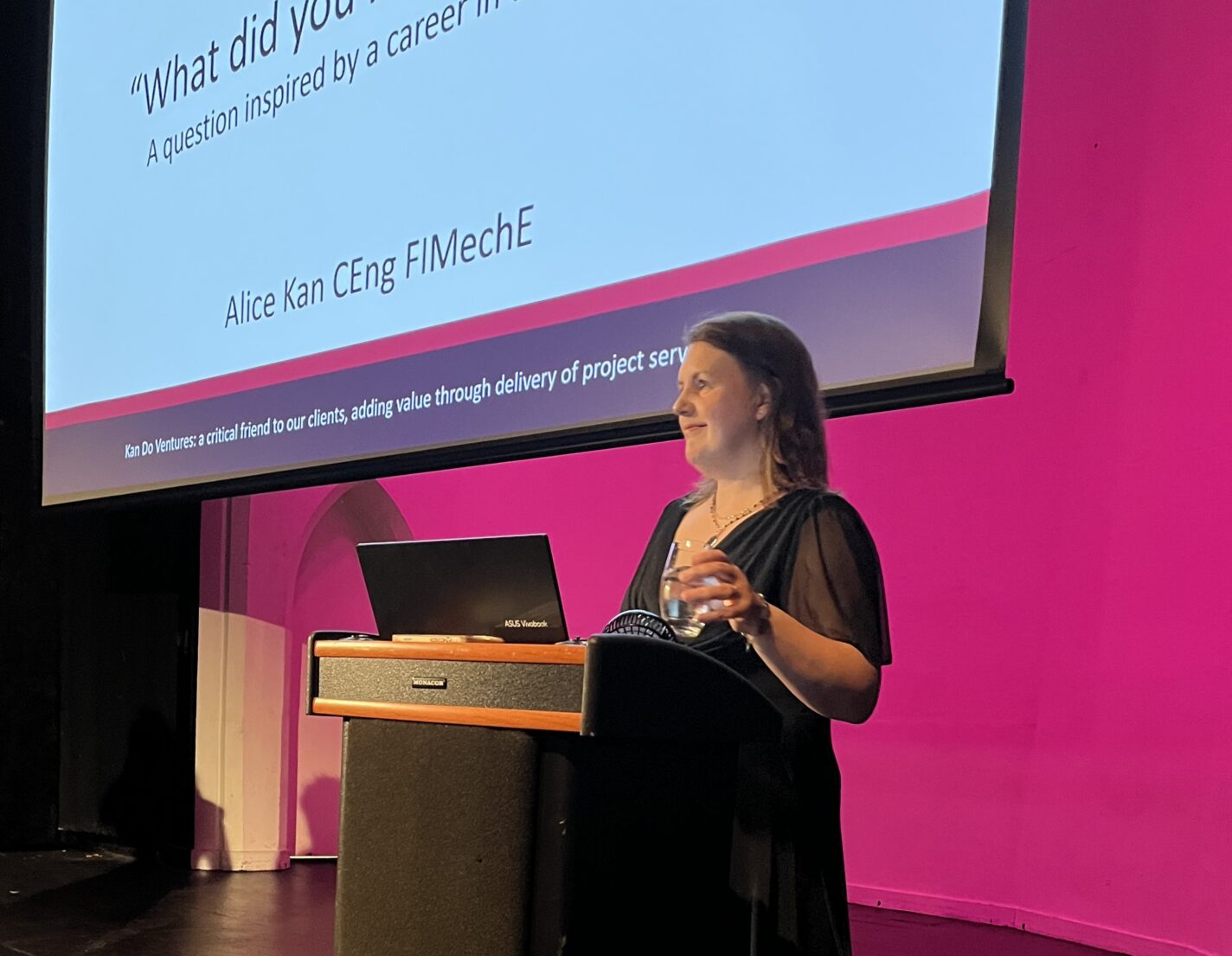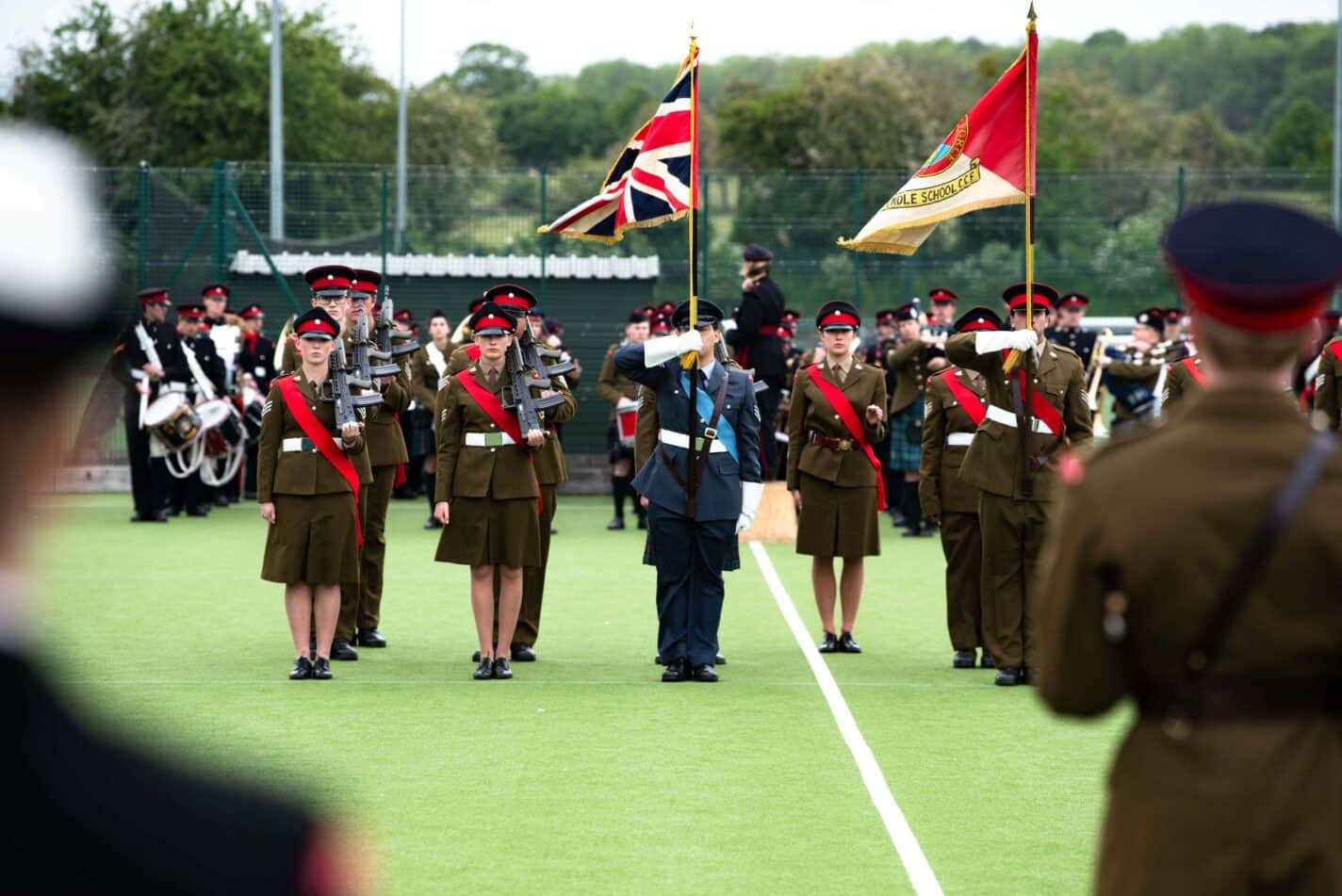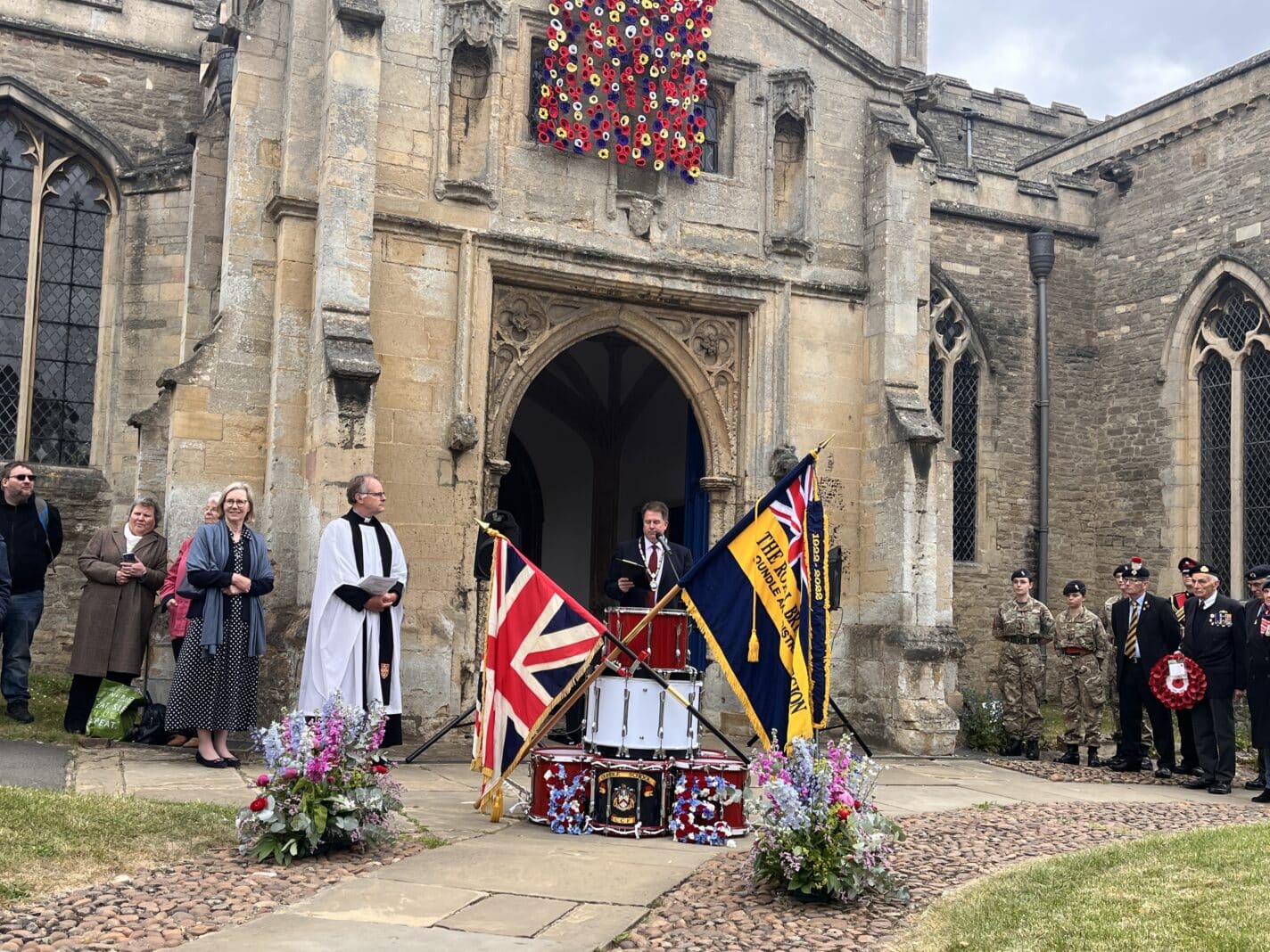That a school trip was allowed to go ahead less than a month after the Paris attacks of November 13th is testament to the history department, which held its nerve whilst almost every other school cancelled its trip. Naturally, security was tight around the city, with armed guards and metal detectors an omnipresent reminder of the constant state of alert. However, it would be wrong to say that Paris was subdued during our visit, with the French state doing all in its power to keep museums and sites of interest open.
Our first day alone encapsulates the varied approach taken during the visit; beginning in the Royal Chapel of Sainte-Chapelle and finishing beneath the Louvre pyramid. Undoubtedly one of the most striking architectural spaces in Europe, the stained glass cage of the gothic chapel set us firmly in the mediaeval mind-set, providing an impressive picture of the importance of its absent relics and the Church itself to the French state.
Furthermore, with cleaning of the windows only recently finished, our group was able to see the vibrant stained glass as originally intended. After walking to the only two surviving original towers of the adjoining palace, we were treated to the first of Mr Mather’s infamous ‘spiels’. Ranging from theories as disparate as the fall of the Templars, the defenestration of wayward ministers, and the architectural damage of Paris’ many uprisings from 1789, the students braved the wind and the cold for a masterful summation of 600 years of French history filled with murder, infidelity and mad tyrants.
Having next visited the Conciergerie, which housed Marie Antoinette and countless other French aristocrats destined for the guillotine, we took a momentary pause for lunch before marching on the Louvre. To describe the Louvre as large would be an understatement; it would take a lifetime to get to grips with its many corridors, courtyards and alcoves. Not only were we able to visit the remains of the ancient battlements of the original palace below, but the group’s thirst for historical knowledge was more than sated by a collection ranging from the earliest Giotto’s to the huge historical paintings of French romanticism. Come the evening, as recompense for the constant attention and walking (more than 20km on one day) needed to take in the city, we were rewarded with dinner at one of the nicest restaurants that Paris had to offer.
Although the visit was historical in its focus, a significant amount of time was spent in galleries, guided by Mr Mather’s near encyclopaedic knowledge of the fine arts. Over the rest of the trip we were to visit such sites as the earliest gothic cathedral, St Denis, Napoleon’s resting place in Les Invalides, and the finest collection of French 19th century art, housed in the Musée d’Orsay. Our final visit was to the great monument of royal absolutism, Versailles, leaving the city early to escape the crowds and catch the Eurostar before lunchtime.
For the first time, I was able to leave a capital without that nagging feeling of missing so many important places, although this is not to say that there was nothing more to see. The trip showed all those present how best to approach a city break: one should wake up early, get out and keep going. To be exhausted, but exhilarated by a fantastic city is surely preferable to leaving well rested and wanting more.
Finally, I feel that the efforts of the staff involved should not go unnoticed. For Mr Pendrill, the elder statesman of the group, this was his glorious return to taking history trips after holding the departmental fort whilst others took students abroad. Mr Mather was our celebrity tour guide, returning from retirement to act as a historical non exec., invaluable for the extent of his knowledge. Mme Barron embarked upon the trip as matron with a mere eleven hours’ notice, providing care, the local language, and a no nonsense approach that saw any tourists too liberal with their flash photography in Versailles shown the error of their ways. Lastly, Dr Habsburg was the architect and executor of the entire visit, always leading from the front.
Will Stewart (B)




